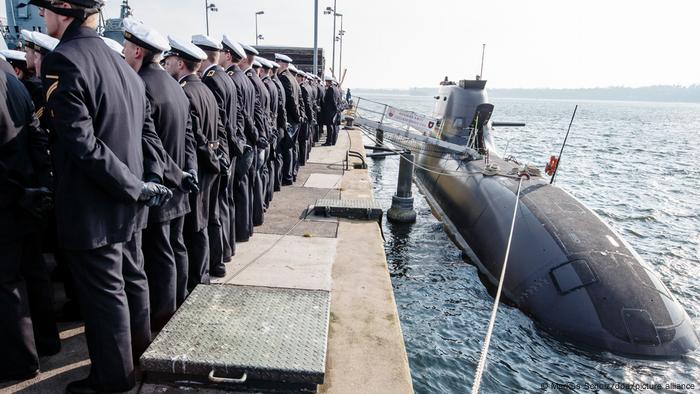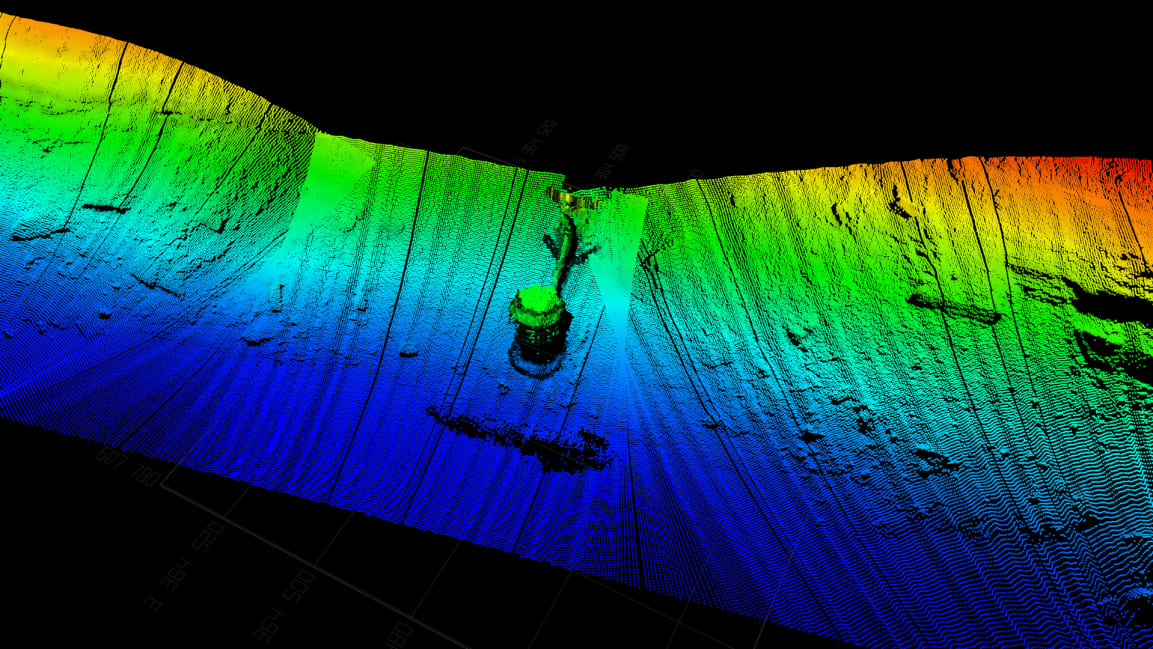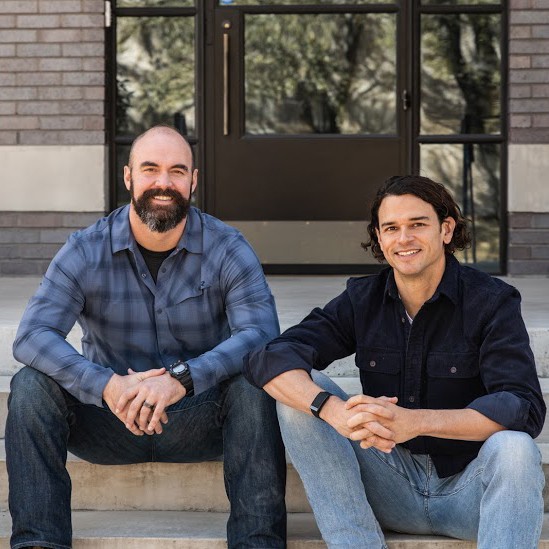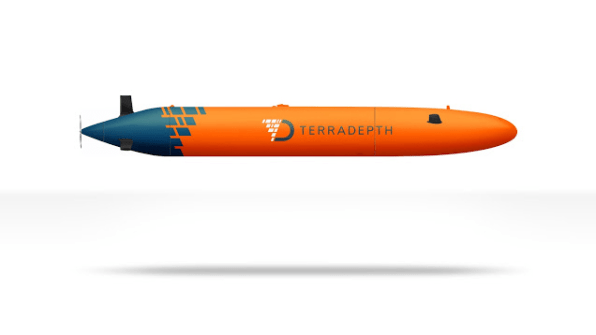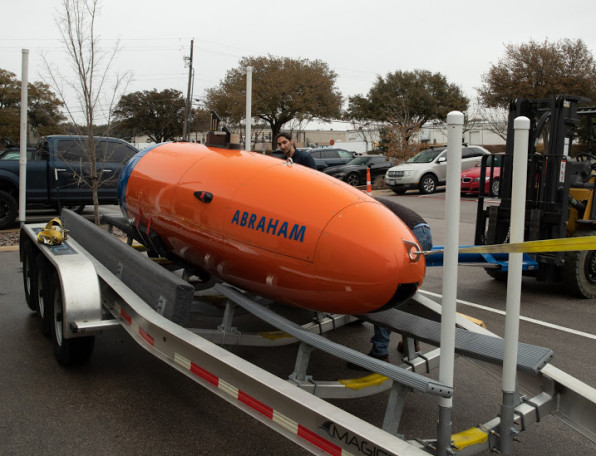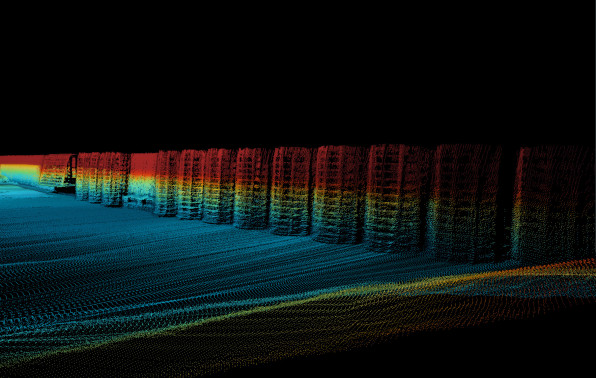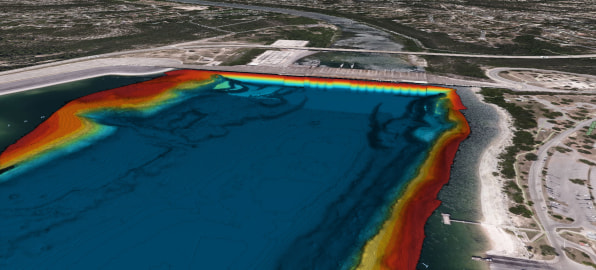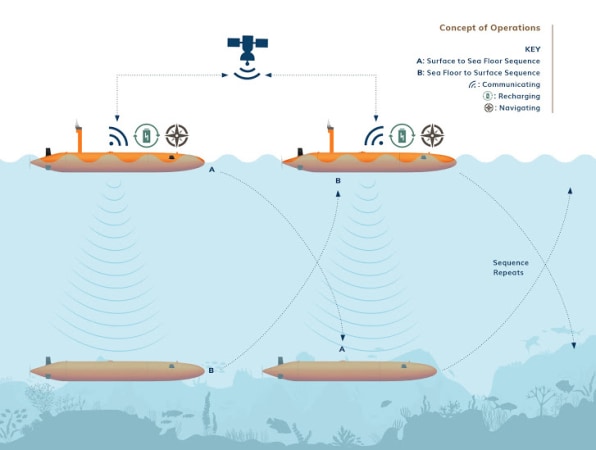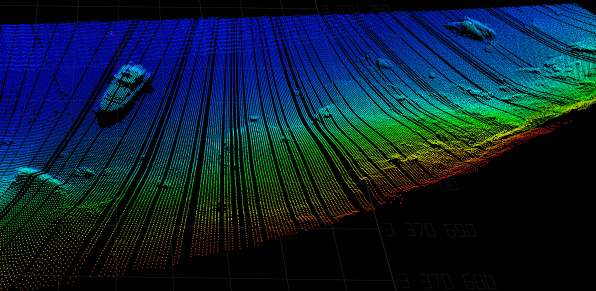Seaspiracy examines the global fishing industry, challenging notions of sustainable fishing and showing how human actions cause widespread environmental destruction.
From The Independant by Kate NG
Groups point to ‘inaccuracies’ in film and reject allegations of animal welfare abuse
Seaspiracy, a documentary exposing the impact of pollution and over-fishing on marine life released on Netflix this week, has drawn criticism from marine organisations and experts all over the world.
The film, directed and presented by 27-year-old filmmakerAli Tabrizi, challenges the idea of sustainable mass fishing and alleges that commercial fishing industries are guilty of animal welfare abuses.
But some scientists and marine conservation groups have pointed out that the documentary contains “inaccuracies” and accused it of being “misleading”.
The Marine Stewardship Council (MSC), which assesses and grants certification to sustainable fisheries, responded to claims in the documentary that alleged sustainable fishing is not possible.
“This is wrong. One of the amazing things about our oceans is that fish stocks can recover and replenish if they are managed carefully for the long-term,” said the council.
“Examples of there this has happened and stocks have come back from the brink include the Patagonian tooth fish in the Southern Oceans or the recovery of Namibian hake, after years of overfishing by foreign fleets, of the increase in some of our major tuna stocks globally.
“What is even more amazing, is that if we take care of our fish stocks - they take care of us. Research shows that fish stocks that are well-managed and sustainable, are also more productive in the long-term, meaning there is more seafood for our growing global population, which is set to reach 10 billion by 2050.”
The group also responded to allegation that MSC certification is “not credible”, saying the process is “independent of us and carried out by expert assessment bodies” and can be viewed online at Track a Fishery.
“Contrary to what the filmmakers say, certification is not an easy process, and some fisheries spend many years improving their practices in order to reach our standard. In fact, our analysis shows that the vast majority of fisheries that carry out pre-assessments against our criteria, do not meet these and need to make significant improvements to gain certification.”
Scottish salmon farmers have also rejected allegations made by the film, which claimed that 50 per cent of farmed salmon die from disease and infection before they are harvested.
Mr Tabrizi took secret footage on a salmon farm in Loch Linnhe alongside anti-fish farming activist Don Staniford, where they find a tanker filled with dead fish that Mr Staniford described as evidence of welfare abuse.
A spokesperson for the Scottish Salmon Producers Organisation (SSPO) said: “While this film raises some very important issues, the allegations made against salmon farming in Scotland are wrong, misleading and inaccurate.
“Contrary to their claim, the filmmakers have no reached out to, or actively engaged with, our sector. Aquaculture is a key part of the answer, not the problem, with regards to concerns over wild fish stocks.”
The Plastic Pollution Coalition, who featured in the film, accused Mr Tabrizi of bullying staff and said the filmmakers “cherry-picked seconds of our comments to support their own narrative”.
Some experts said that while Seaspiracy carries an important message, it is lost amid “staged” scenes and out-of-context interviews.
Bryce Stewart, marine ecologist and fisheries biologist who lectures at the University of York, said in a Twitter thread: “Does [Seaspiracy] highlight a number of shocking and important issues? Absolutely. But is it misleading at the same time? Yes, from the first few minutes onwards.
“It regularly exaggerates and makes links where there aren’t any. Many of the scenes were clearly staged and I know at least one of the interviewees was taken out of context.
“Other ‘set ups’ made no sense - how can the marine life off the west coast of Africa be so abundant and so overfished (a real issue there) at the same time?
“This is the worst kind of journalism. People will either believe it and completely overreact, or find it so easy to discredit some of the statements that the real issues get downgraded or disbelieved. In that way I feel this film does more harm than good.
“On the flip side, it was good to highlight misconceptions about issues like the threat of plastic straws relative to many other factors. But where was climate change? I must have blinked and missed that. Please can we see a much more scientific and balanced film next time.”
“This is the worst kind of journalism. People will either believe it and completely overreact, or find it so easy to discredit some of the statements that the real issues get downgraded or disbelieved. In that way I feel this film does more harm than good.
“On the flip side, it was good to highlight misconceptions about issues like the threat of plastic straws relative to many other factors. But where was climate change? I must have blinked and missed that. Please can we see a much more scientific and balanced film next time.”
Links :
 Credit...James Yang
Credit...James Yang


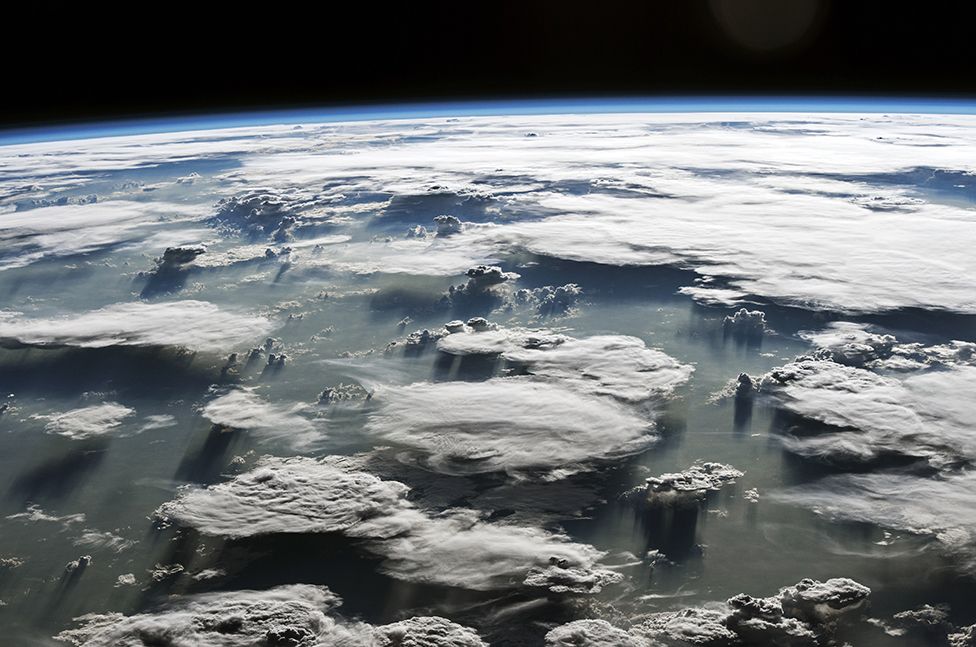 Cumulonimbus incus: The anvil shape forms when the rising cloud reaches the tropopause
Cumulonimbus incus: The anvil shape forms when the rising cloud reaches the tropopause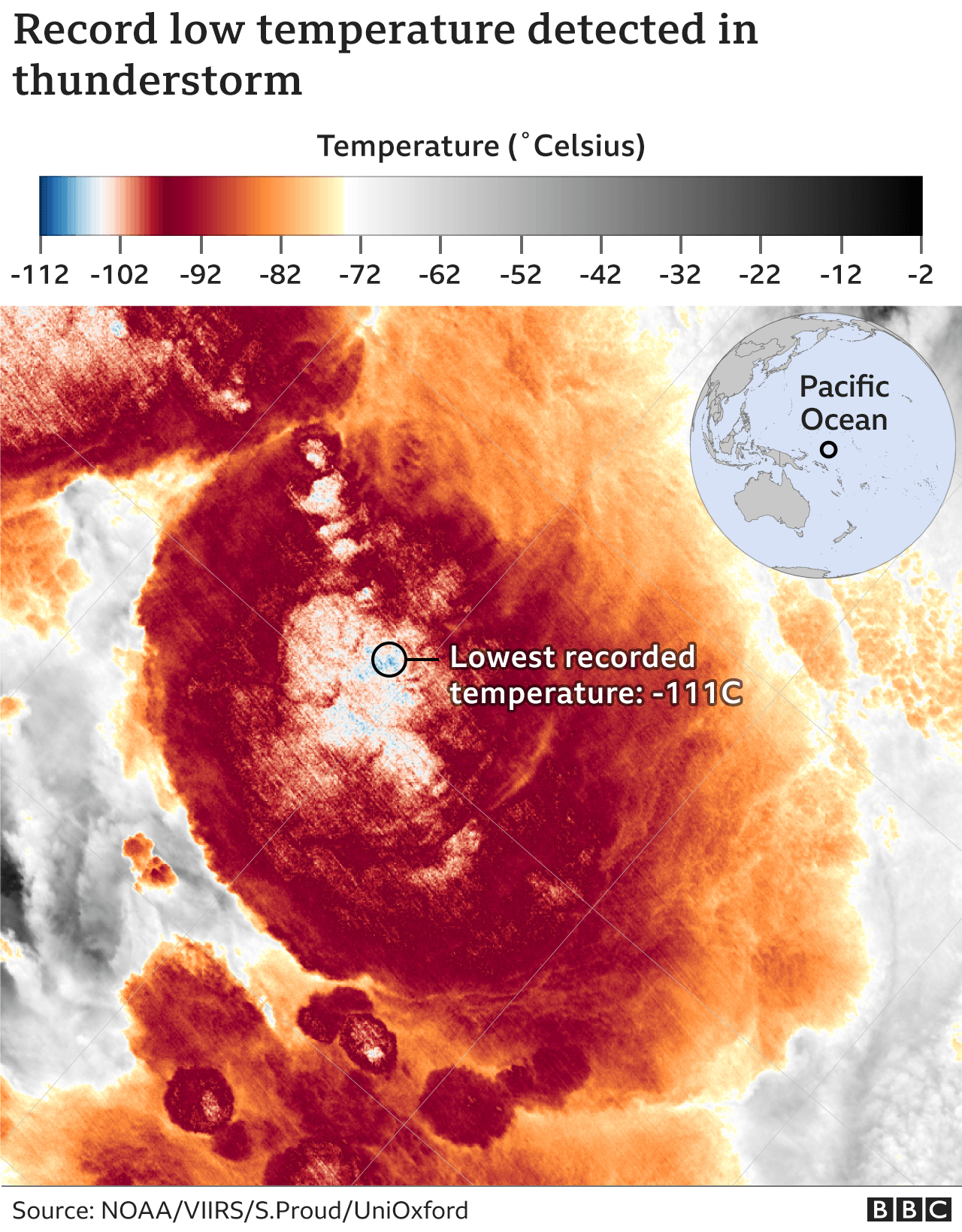
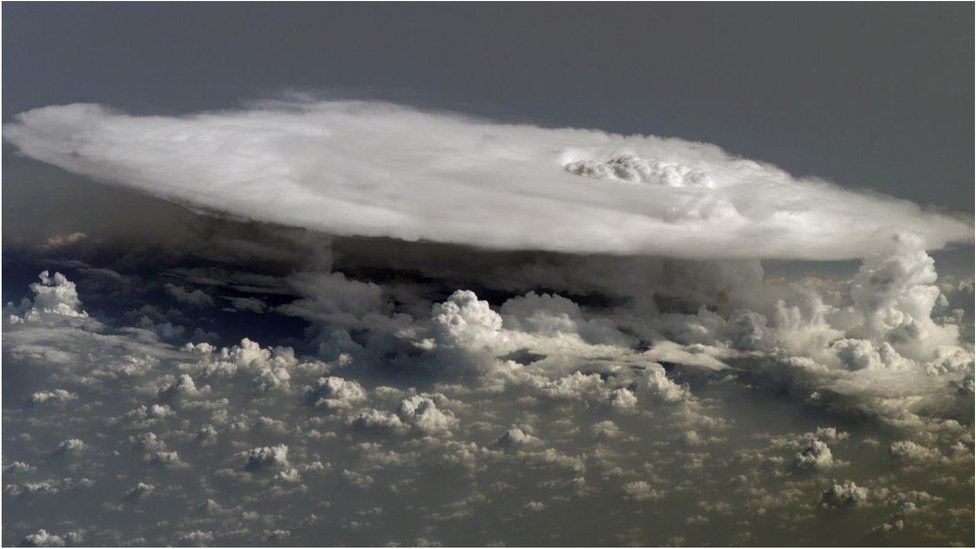
 IMAGE COPYRIGHTBALL AEROSPACE
IMAGE COPYRIGHTBALL AEROSPACE
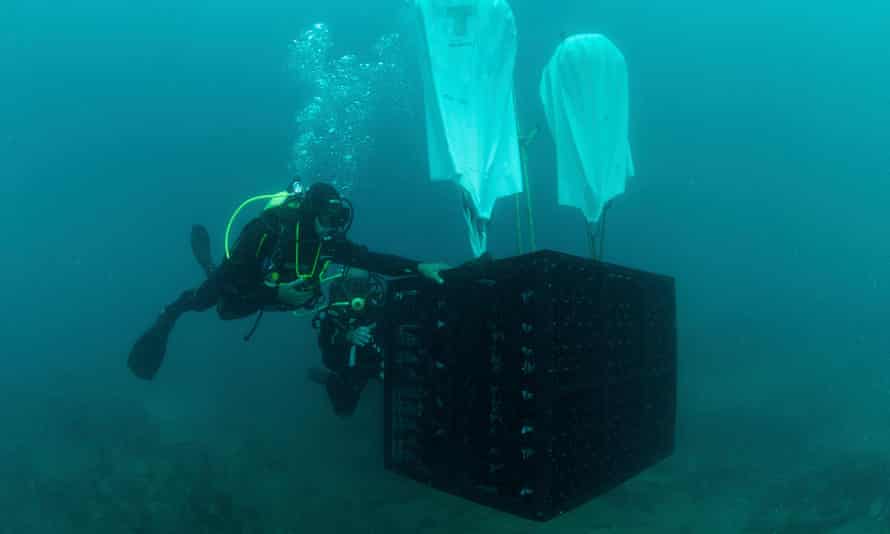 Bottles of wine being lowered to the seabed for the Crusoe Treasure winery.
Bottles of wine being lowered to the seabed for the Crusoe Treasure winery. 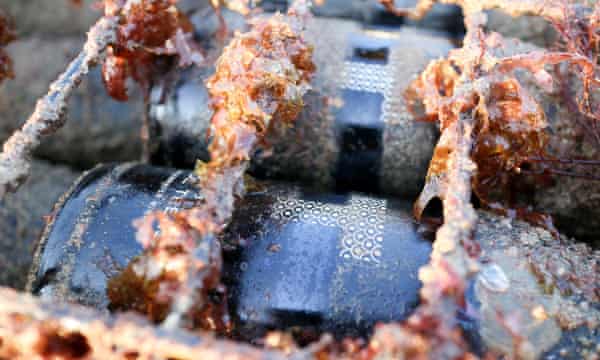


 A deposit of bottles is quickly colonised by an anemone and crustacea.
A deposit of bottles is quickly colonised by an anemone and crustacea.